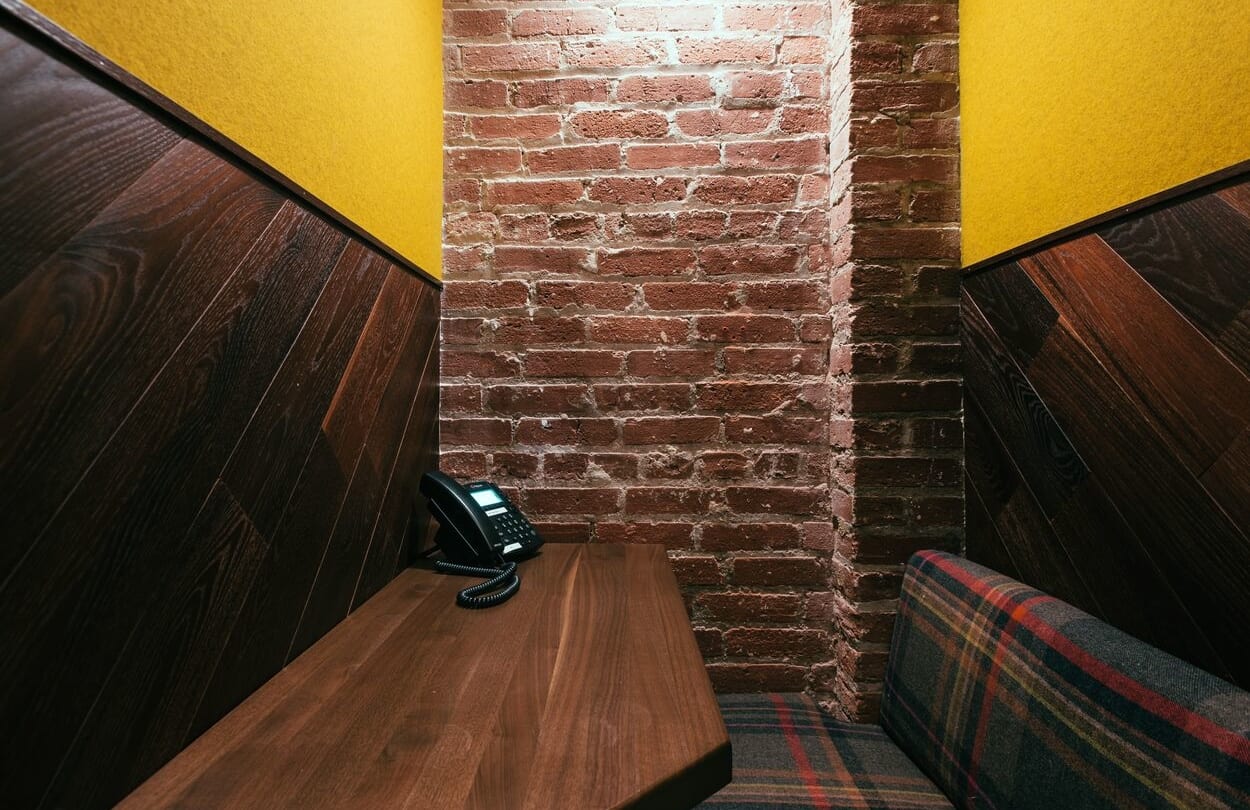

Host one-to-one meetings (30-hour time limit per meeting).Host meetings with up to 100 participants.Join meetings and teaching sessions hosted from licensed accounts with no limitation.Securely authenticate via single sign on with your UNSW identity when joining meetings and teaching sessions.What can I do with the UNSW Zoom basic student account? Students will be able to log in to Zoom via Single Sign On (SSO) using your zID and zPass at UNSW Zoom Video Conferencing or via the Zoom application. Choose "Schedule" within your desktop zoom client
ZOOM CONFERENCE HOW TO
How to enable the waiting room, passcode or "only authenticated users can join" option:ġ. The meeting host should always monitor the participants list and ensure that no unknown participants join.

This is especially important where an attendee is dialling from a phone number and no email id/name is displayed to identify the user. Unauthenticated users should be held in a waiting room so the organiser can check their identity upon admitting them to the call. Click here for more information about the UNSW Data Classification Standard. Never utilise personally identifying information in the title of your Zoom meeting. Meetings that involve sensitive information, or in which sensitive data is shared, should not be recorded. Hosts should alwa ys passcode protect Zoom meetings in which sensitive data will be discussed or shared. If none of the above security settings are selected, UNSW Zoom meetings will default to have the waiting room function enabled. Hosts must always utilise at least one of the following security methods passcode protection, the waiting room function, or the “only authenticated users can connect” option for meetings. You should only ever admit known attendees to your meeting. Instituting best practices can improve the security of video meetings.We recommend utilising the waiting room and the “only authenticated users can join” security settings.
ZOOM CONFERENCE PASSWORD
ZOOM CONFERENCE MANUAL
Thus, for meetings that require the utmost in security, the manual enablement of certain security functions can significantly reduce risk. In many cases, critical Zoom security features are not enabled by default. While these incidents could have easily been avoided, meeting users often were not aware of how to protect their meetings from these types of attacks. A phenomenon, Zoombombing, became a big concern as sessions not properly secured were accessed by troublemakers who took over the meetings - and often shared unsavory content to unwitting participants. Perhaps more important is the need to properly train users on how to safely conduct both one-on-one and group Zoom sessions. This is a great step forward in the never-ending battle to protect Zoom customers from data loss, theft and invasions of privacy. To ensure that the latest security patches are installed, Zoom recently announced the ability to perform automatic updates to its client software. Zoom quickly addressed the issue, but the episode illustrated the fact that all software-based tools have security shortcomings that bad actors seek to identify and exploit. In early 2020, when Zoom was struggling to keep up with massive customer growth, investigators discovered the encryption implemented within the platform contained flaws that allowed sensitive customer information to leak out. Let's explore this topic in a bit more detail. And, although Zoom - as well as other providers - took steps to beef up precautions, many still ask this question: How secure is Zoom video conferencing? It didn't take long for stories to surface detailing how easy it was for hackers to derail virtual meetings by inserting explicit and distressing images into users' video conferencing feeds. Because time was of the essence - and because the video conferencing market overall was caught off guard in terms of demand for its communications services - platform security wasn't as airtight as it might have been.


 0 kommentar(er)
0 kommentar(er)
